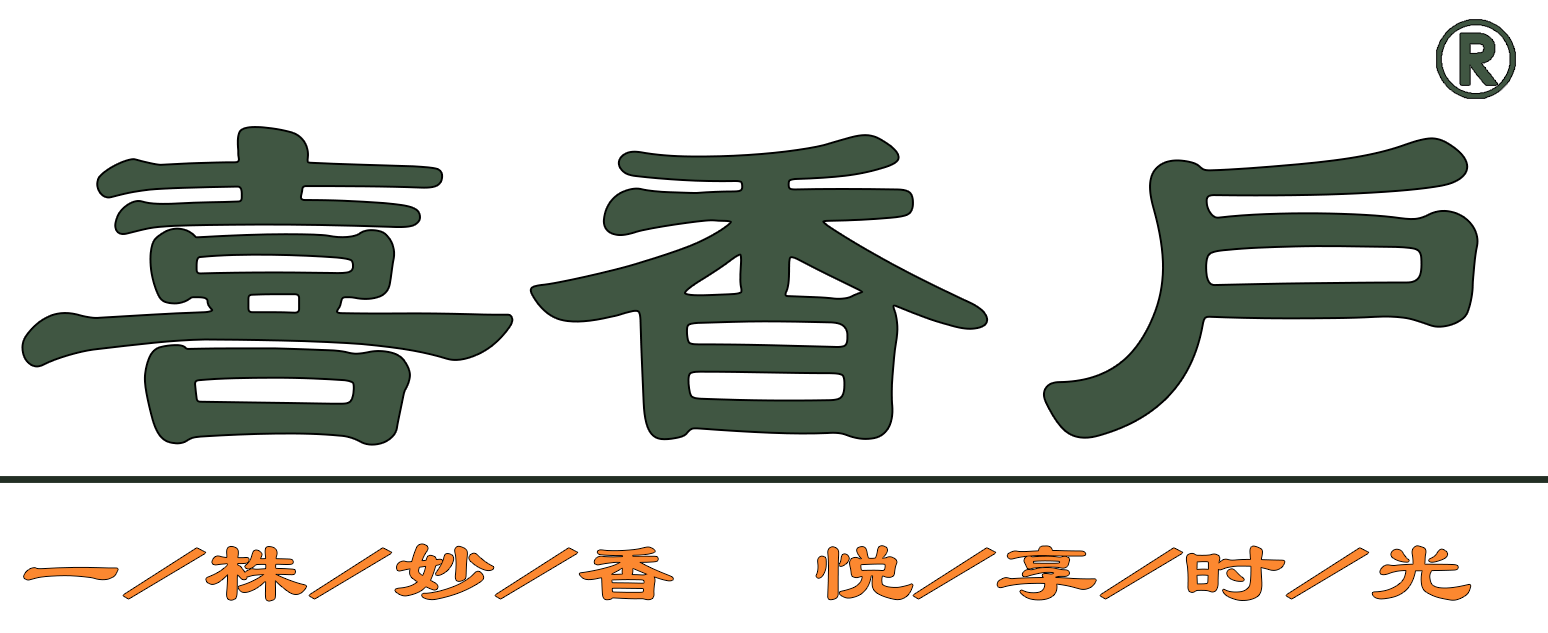News Center
The Three Environmental Killers Affecting the Quality of Agarwood Incense
According to a 2022 research report by the Japanese Kōdō Association, improper storage can accelerate the volatilization of aromatic compounds in agarwood incense by 47%. Among these, light exposure, humidity, and temperature are identified as the "triple threats" that degrade fragrance quality. Experimental data shows that when environmental humidity exceeds 65%, the resinous compounds in agarwood undergo accelerated hydrolysis.
Scientific Basis for Light-Avoiding Storage
UV radiation triggers photo-oxidation reactions in the aromatic compounds of agarwood resin. It is recommended to use Japanese-imported aluminum foil bags with 99% light-blocking properties. This material, tested under ASTM D4329 standards, effectively blocks UV wavelengths. Traditional tin containers, while aesthetically pleasing, require light transmission to be controlled below 0.5 lux.
Professional-Grade Storage Solutions Explained
Practices from top-tier Malaysian incense workshops demonstrate that a "three-tier protection method" can extend the shelf life of agarwood incense up to 36 months:
- Primary Protection: Food-grade aluminum inner bags (compliant with FDA 21 CFR 177.1520 standards)
- Secondary Protection: Purple sand canisters with activated carbon (pore size controlled at 15-20μm)
- Ultimate Protection: Constant temperature-humidity display cabinets (18-22°C, 50±5% humidity)
Seasonal Maintenance Essentials
During the rainy season, place silica gel desiccants (300g per cubic meter) in storage areas and perform monthly fumigation maintenance using aged Laotian aloeswood powder. This traditional method, verified by GC-MS testing, effectively inhibits mold growth without altering the original fragrance profile.
Why Choose Our Maintenance Solutions
As an ISO 20754-certified aromatics specialist, our agarwood storage kits include German Testo hygrothermographs for real-time environmental monitoring. Purchase includes a complimentary digital copy of the International Kōdō Quality Appraisal Guide, detailing maintenance parameters for 83 types of agarwood incense.
latest update
Message
Your email address will not be published
Required places are marked*
Online message
